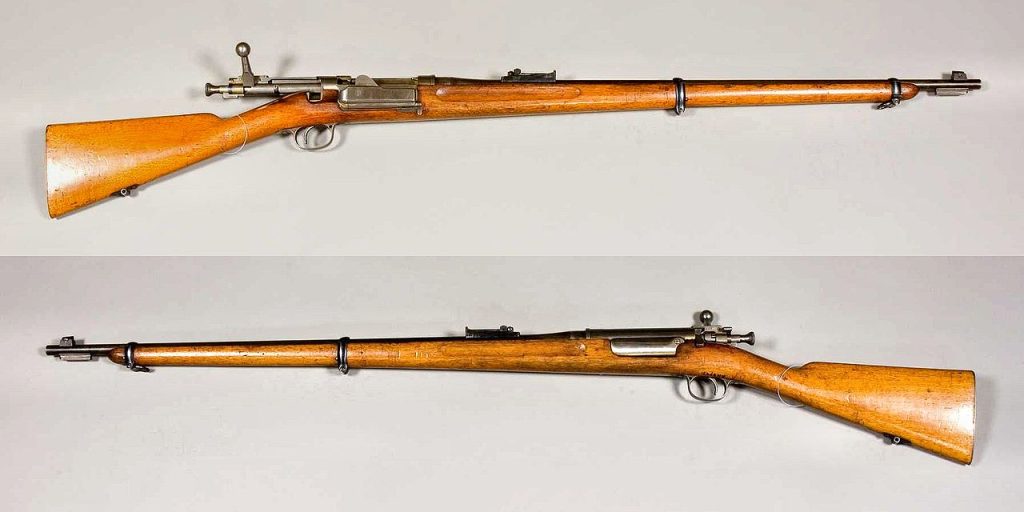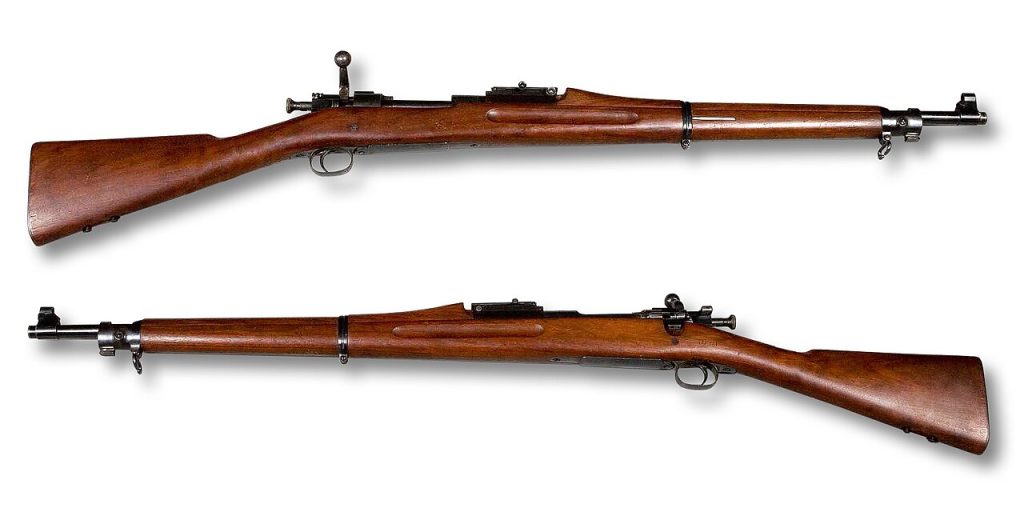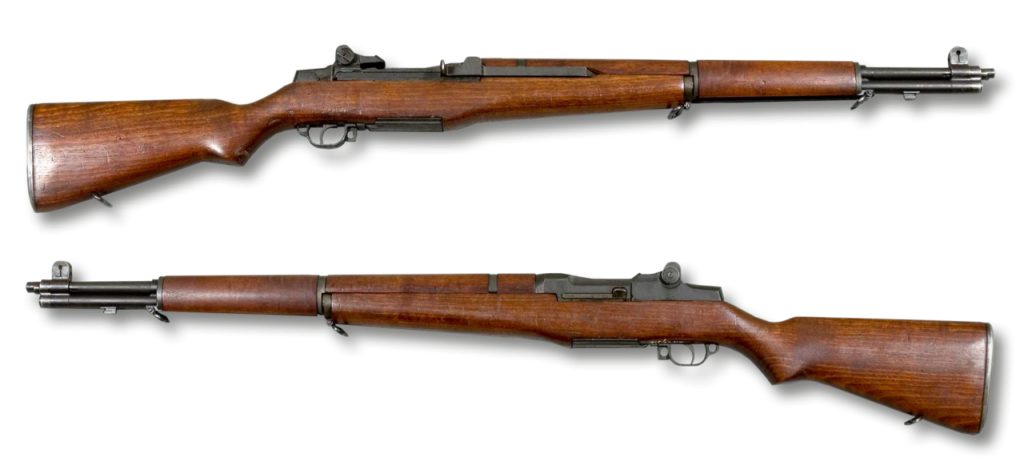
What if a story of America’s rise could be told in steel, wood, and gunpowder? From the colonial frontier to the modern battlefield, rifles have been more than just weapons; they have been the backbone of survival, expansion, and victory. Each model carried into the field reflected the needs of its time and, in turn, helped shape the nation’s destiny.
They were trusted for their firepower and reliability under the most extreme conditions. They armed pioneers against the wilderness, soldiers against foreign armies, and lawmen against outlaws. Their barrels hold stories of innovation, grit, and pursuit of superiority in arms. Herein are ten rifles whose histories are wedded with America’s:

1. Kentucky Long Rifle
The Kentucky Long Rifle was born in the 18th century in the backwoods and competed favorably with its category and class for accuracy. Its long barrel and finely rifled bore let settlers and militiamen make precision shots at distances that might mean life or death. Slow to reload, it required patience, but its accuracy made it a symbol of independence. In the hands of the frontiersmen, it was as much a tool of hunting as it was an equalizer on the battlefield against better-equipped enemies.

2. Springfield Model 1861
The Springfield Model 1861 was a workhorse for the Union Army during the Civil War: a .58 caliber muzzleloader that fired the deadly Minié ball. It reached targets beyond 500 yards, though reloading remained cumbersome. Over a million were produced-testament to its dependability. The leap from flintlock firing to percussion cap and rifled barrels simply increased the ante on lethal possibilities on the battlefield, as the Model 1861 virtually became synonymous with lines of disciplined Union infantry.

3. Spencer Repeating Rifle
Christopher Spencer’s 1860 patented lever-action repeater changed combat in the Civil War. Storing seven metallic rimfire cartridges in its buttstock allowed Union troops to give the Rebels sustained fire without needing to reload after every shot. After this weapon had been fired by President Lincoln personally, it was accepted. The “damn Yankee gun that could be loaded on Sunday and fired all week” gave Confederate soldiers a namesake as they realized their disadvantage against this continuous fire of armaments at Hoover’s Gap and Gettysburg.

4. Winchester Model 1873
Advertised as “The Gun That Won the West,” the Winchester 1873 married iron-framed lever-action reliability with the versatile .44-40 Winchester centerfire cartridge. This chambering matched Colt revolvers, simplifying ammunition needs for cowboys, lawmen, and settlers. From Buffalo Bill to frontier sheriffs, everyone carried one; forensic evidence even shows that Native warriors used the weapon at the Battle of the Little Bighorn. Its balance of firepower and practicality made it an enduring icon of the American frontier.

5. Sharps Rifle
The Sharps is legendary for long-range accuracy and found favor with buffalo hunters, scouts, and sharpshooters. Its heavy-caliber cartridges would drop large game or hit faraway targets with precision. During the Civil War, it served specialized marksmen, and in the post-war West, it became the tool of professional hunters who supplied meat to rail crews and settlements. Its ability to maintain accuracy at extreme ranges cemented its reputation among those who relied on a single well-placed shot.

6. Springfield Model 1873 “Trapdoor”
The Model 1873 filled a gap between muzzleloaders and modern cartridge rifles, with a hinged “trapdoor” breech that would allow soldiers to quickly load metallic cartridges instead of using powder-and-ball systems. Chambered in .45-70 Government, it went on to serve in the Indian Wars and various early frontier campaigns. Slower than repeaters, but an important step to modernize U.S. military small arms, this prepared the troops for rapid changes in technology to come.

7. Krag–Jørgensen
The Krag–Jørgensen, adopted in 1896, was America’s first bolt-action service rifle, chambered in .30-40 Krag. Unlike other designs, the Krag featured a peculiar side-loading magazine that could be topped off without emptying the chamber. Nevertheless, U.S. troops armed with Krags were outgunned by Spanish forces with charger-loaded Mauser rifles that boasted higher velocity and accuracy in the Spanish–American War. The Krag nonetheless marked a turning point toward modern bolt-action designs, despite its relatively short service life.

8. Springfield M1903
Developed after the lessons of the Krag had been learned, the M1903 Springfield married Mauser-inspired strength with American craftsmanship. Chambered in the .30-06 cartridge, it boasted excellent range, accuracy, and adaptability for sniper use. Serving in both wars, it was prized for precision shooting. Variants such as the M1903A4 sniper rifle proved deadly in skilled hands, while even upon the adoption of semi-automatics, the M1903 remained a trusted platform for marksmen.

9. M1 Garand
Adopted in 1936, the M1 Garand was the first standard-issue semi-automatic rifle for U.S. forces. Chambered in .30-06, it allowed rapid follow-up shots without manual cycling. It gave American troops a decisive advantage against enemies armed with bolt-actions during World War II. The weapon earned the label from General Patton as “the greatest battle implement ever devised.” Its rugged reliability and eight-round en bloc clip made it a cornerstone of Allied infantry success.

10. AR-15 / M16
The M16 appeared during the Vietnam era and provided U.S. troops with a lightweight, high-rate-of-fire capability. Chambered in 5.56mm caliber, it is lighter and more controllable than full-power battle rifles such as the M14. The civilian version, the AR-15, shares common design ancestry and has become one of the most popular sport shooting, hunting, and defensive rifles in America. Not without its controversies, its adaptability and modularity secure it as the centerpiece in modern American firearms culture. From flintlock long rifles to polymer-framed modern carbines, each of these firearms reflects a chapter in America’s evolution: technological ingenuity meeting the demands of survival and combat. They were the tools of pioneers, soldiers, and citizens in shaping the nation’s history one pull of the trigger at a time. Their legacies remain, but not in the museums and collections only, nor in the relentless pursuit of reliability, accuracy, and innovation in American arms.


